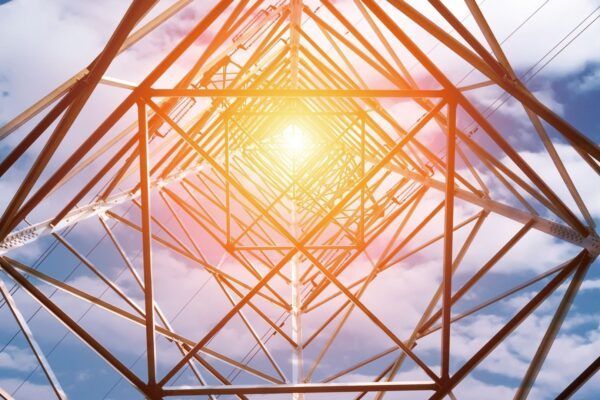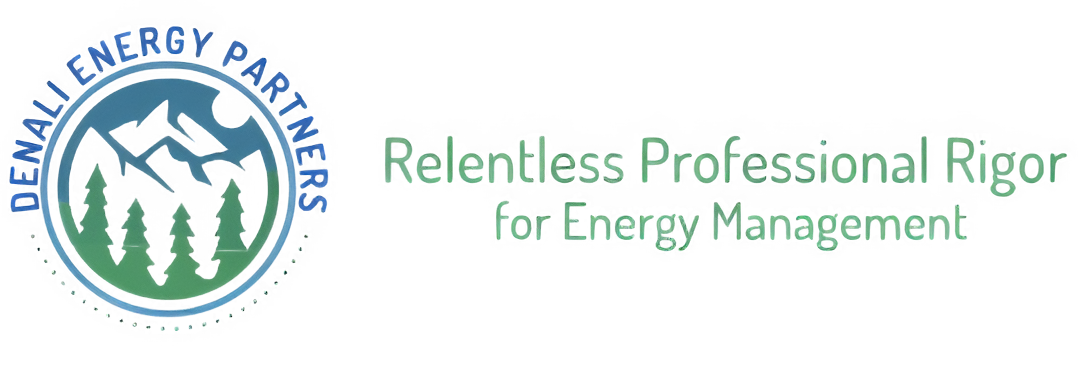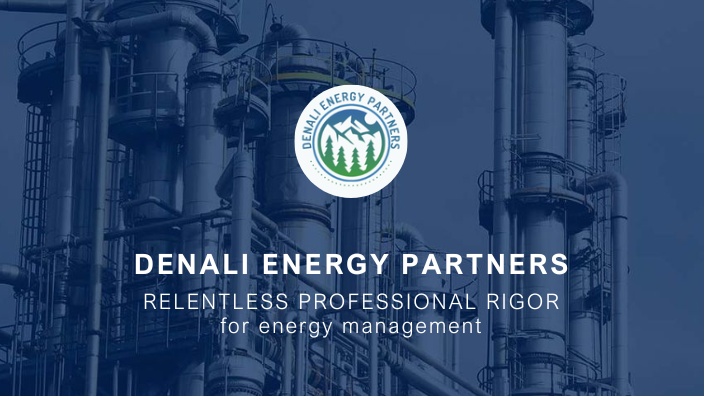Key Performance Indicators (KPIs) to Monitor for Effective Energy Management in an Industrial Park
Denali-ep
| 15 de octubre de 2024
Key Performance Indicators (KPIs) to Monitor for Effective Energy Management in an Industrial Park
This KPI measures the cost of energy relative to the park's production. It is calculated by dividing the total energy cost by the number of units produced.
Impact on Operating Costs
Understanding the energy cost per unit of production helps evaluate process profitability and identify opportunities for cost reduction. Optimizing this KPI can significantly impact profit margins.
Strategies for Optimization
To optimize this KPI, consider implementing energy-saving technologies, improving equipment efficiency, and reviewing production processes.
Energy Efficiency
Concept of Energy Efficiency
Energy efficiency measures the amount of energy used to perform a unit of work. A higher efficiency index indicates more effective use of energy.
How to Calculate It
Energy efficiency is calculated by dividing useful energy produced by total energy consumed. This KPI can be monitored at the machine, process, or plant level.
Benefits of Improving Efficiency
Improving energy efficiency reduces energy consumption and operating costs while contributing to environmental sustainability.
Energy Loss Index
Identifying Energy Losses
Energy losses occur when energy is wasted as heat, vibrations, or other non-productive effects. Identifying these losses is essential for optimizing energy use.
Measurement Methods
The energy loss index is measured by comparing consumed energy with the actual energy used for production processes. Energy audits and continuous monitoring are key tools for this task.
Strategies to Reduce Losses
Reducing energy losses involves improving insulation, maintaining equipment in good condition, and adjusting processes to minimize waste.

Energy Downtime
Definition and Relevance
Energy downtime refers to periods when equipment or processes are halted due to energy failures. This KPI is crucial for assessing the reliability of energy systems.
How it is Monitored
It is monitored through failure logs and reported downtime. Maintenance management tools and real-time monitoring systems can assist in this task.
Impact on Production and Costs
High downtime can affect production and increase operating costs. Minimizing these periods is important for maintaining efficiency and reducing costs.
CO2 Emissions
Importance of Measuring Emissions
CO2 emissions are a key indicator of the environmental impact of the industrial park. Measuring this KPI is essential for compliance with regulations and improving sustainability.
Calculation Methods
It is calculated based on energy consumption and the carbon intensity of the energy sources used. Specialized tools and software can facilitate this process.
Impact on Regulatory Compliance
Monitoring CO2 emissions helps meet environmental regulations and avoid penalties. Additionally, it can enhance the company’s image with customers and partners.
Renewable Energy Utilization Index
What is Renewable Energy Utilization?
This KPI measures the proportion of energy derived from renewable sources compared to total energy consumed.
How it is Measured
It is measured by calculating the percentage of renewable energy used relative to total energy consumption. This index can be monitored through renewable energy reports and supply data.
Benefits of Using Renewable Energies
Utilizing renewable energies reduces dependence on non-renewable sources and decreases greenhouse gas emissions. It can also offer long-term economic benefits.
Return on Investment (ROI) in Energy Projects
Definition of ROI
ROI measures the return on investments in energy projects by calculating the economic return obtained relative to the investment cost.
Calculation and Analysis
It is calculated by dividing the net benefit from the investment by its total cost. A positive ROI indicates that the project generates economic benefits.
How to Use ROI for Strategic Decisions
Analyzing ROI helps make informed decisions about future investments in energy technologies and efficiency improvements.
Compliance Index with Energy Regulations
Relevance of Regulations
Energy regulations establish requirements and standards that industrial parks must meet. This KPI measures compliance with these regulations.
How Compliance is Measured
Compliance is measured through audits and periodic reviews. Utilizing regulatory compliance tools and environmental management systems is also helpful.
Impact on Energy Management
Meeting regulations avoids penalties and enhances company reputation. Moreover, it ensures that energy practices are sustainable and responsible.
Cost of Maintaining Energy Equipment
What Does Maintenance Cost Include?
Maintenance costs include expenses related to repairs, spare parts, and services associated with maintaining energy equipment.
Methods for Calculation
It is calculated by summing all maintenance-related expenses and dividing them by the number of maintained units or equipment.
Importance of Effective Maintenance
Effective maintenance reduces failure risks, improves efficiency, and extends equipment lifespan.
Use of Measurement and Control Technologies
Available Technologies
Various technologies exist for measuring and controlling energy consumption, such as smart meters, energy management systems, and advanced sensors.
How They Affect KPIs
These technologies provide accurate real-time data, facilitating KPI monitoring and decision-making processes.
Examples of Effective Technologies
Examples include SCADA (Supervisory Control and Data Acquisition) systems and energy analysis software.
Comparison with Industry Benchmarking
What is Benchmarking?
Benchmarking involves comparing an industrial park's KPIs with those of other companies in the same sector to evaluate relative performance.
How it is Conducted
It involves collecting industry benchmarking data and comparing it with internal data from the industrial park.
Benefits of Comparison
Comparison helps identify areas for improvement and set more realistic performance goals.
Reporting and Analysis of Energy Data
Importance of Reporting
Reports provide detailed insights into energy performance, helping identify trends and areas for improvement.
Tools for Analysis
Tools such as energy analysis software and reporting platforms can facilitate data interpretation.
How to Interpret Data
Interpreting data requires detailed analysis and a clear understanding of KPIs to make informed decisions based on accurate information.
Conclusion
Monitoring appropriate KPIs is essential for effective energy management in an industrial park. These indicators provide valuable insights into consumption, costs, and energy efficiency, enabling companies to implement effective strategies to reduce expenses and improve performance. By focusing on key KPIs and utilizing advanced technologies, companies can achieve more efficient and sustainable energy management.
What are the eligibility requirements for the CEA certification?
To be eligible for CEA certification, candidates typically need a bachelor's degree in environmental science, engineering, or a related field, along with a minimum of three years of relevant experience in environmental auditing. Additionally, candidates may need to attend a mandatory training seminar and pass a comprehensive exam 2[
What does the CEA certification exam consist of?
The CEA certification exam includes multiple-choice questions, scenario-based questions, and essay questions that assess a candidate's knowledge of environmental auditing principles, regulations, and best practices. The exam format aims to evaluate both theoretical understanding and practical application 2[
How is the CEA certification exam scored?
The CEA exam score is based on the number of correct answers, with no penalties for incorrect responses. Candidates typically receive a scaled score within a specific range, and the passing score is usually set at 700
What are the costs associated with obtaining CEA certification?
The application fee for the CEA certification exam generally ranges from $350 to $500, depending on membership status with relevant organizations. Additional costs may include fees for training seminars and ongoing maintenance fees after certification
How long is the CEA certification valid, and what are the renewal requirements?
The CEA certification is valid for three years. To maintain certification, auditors must complete continuing education requirements and pay an annual maintenance fee




